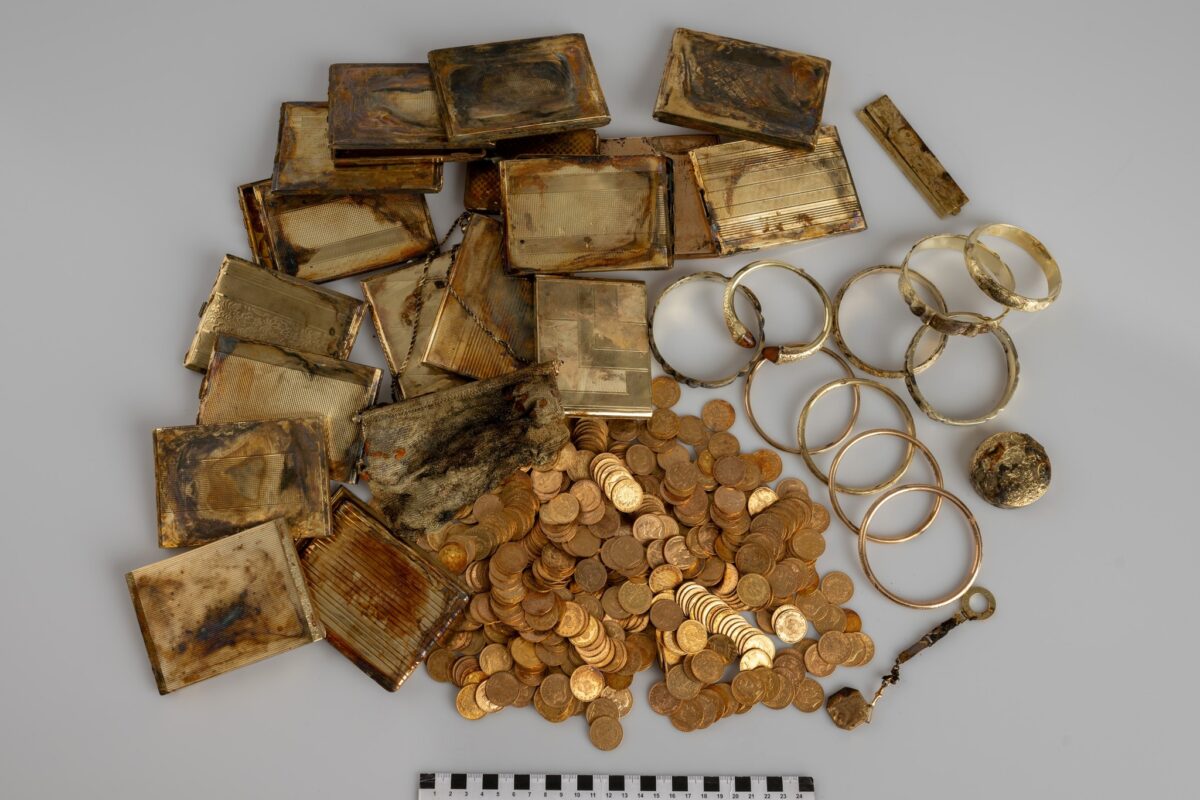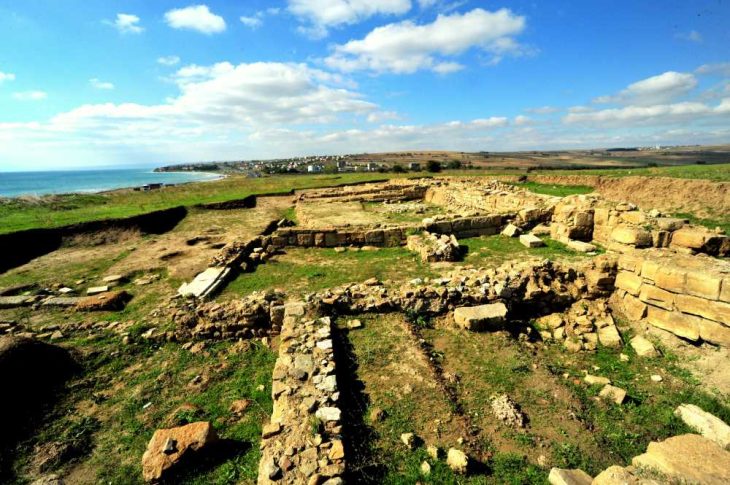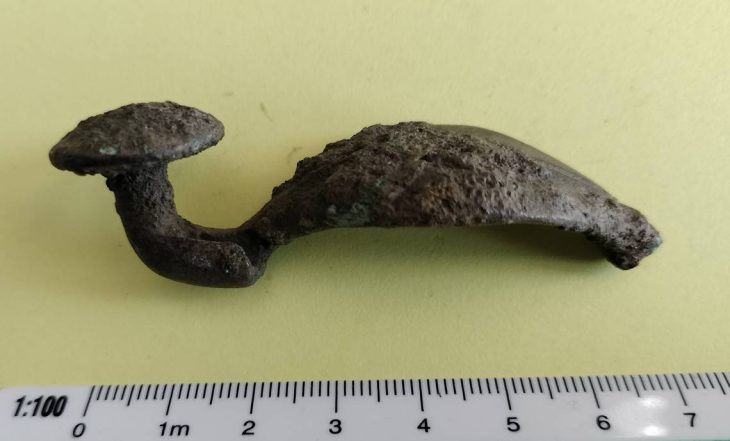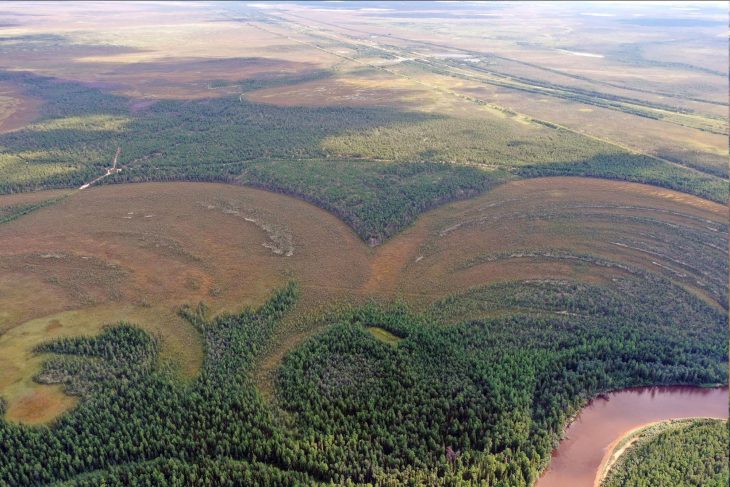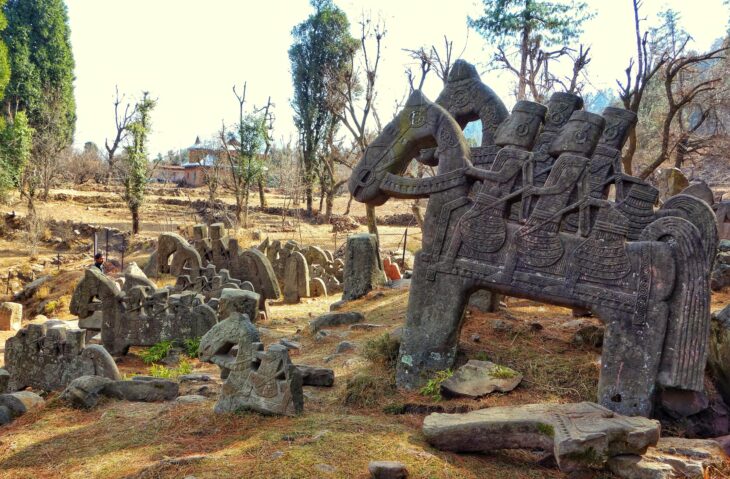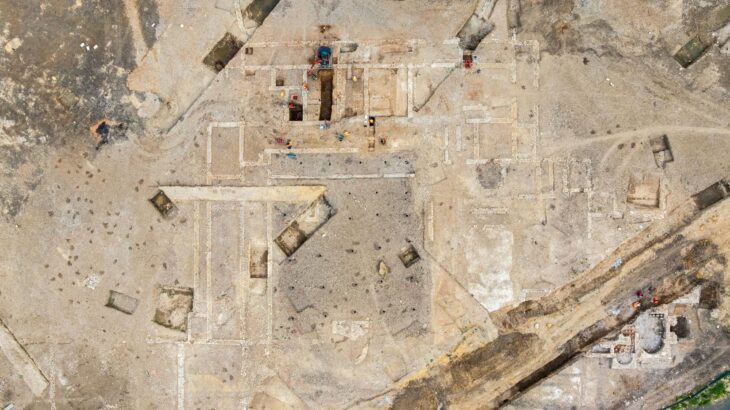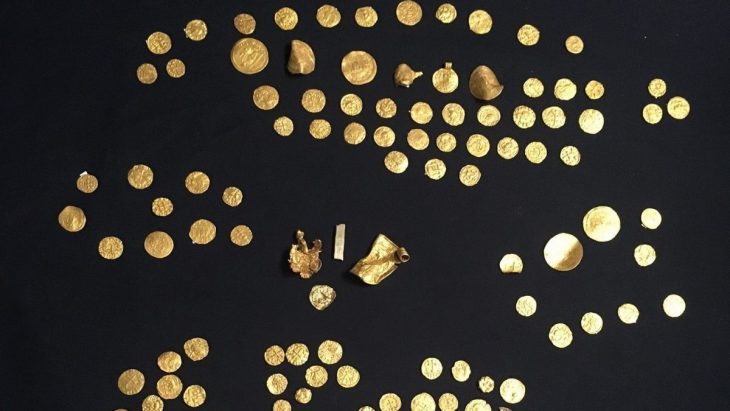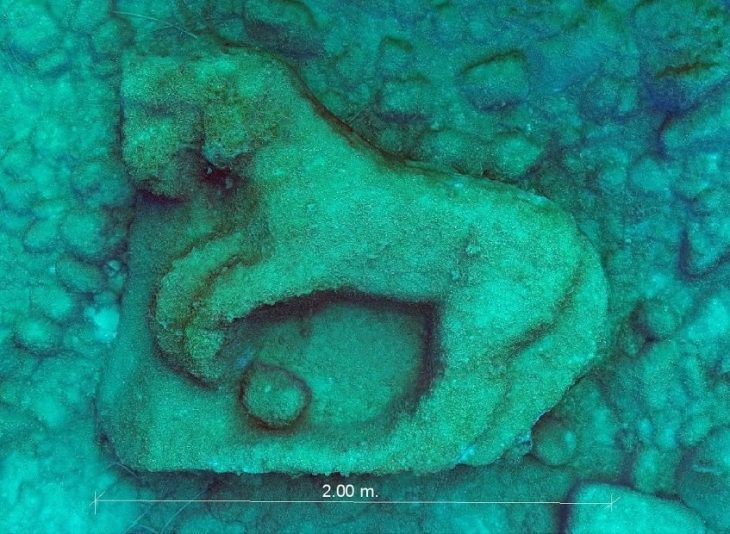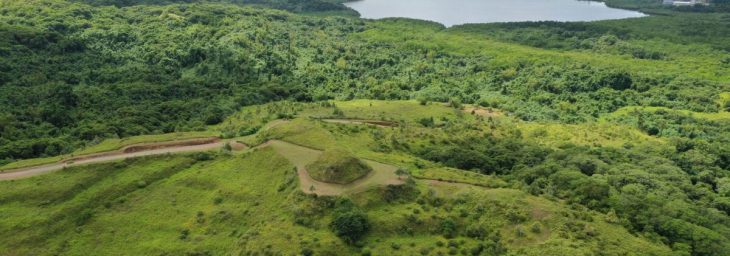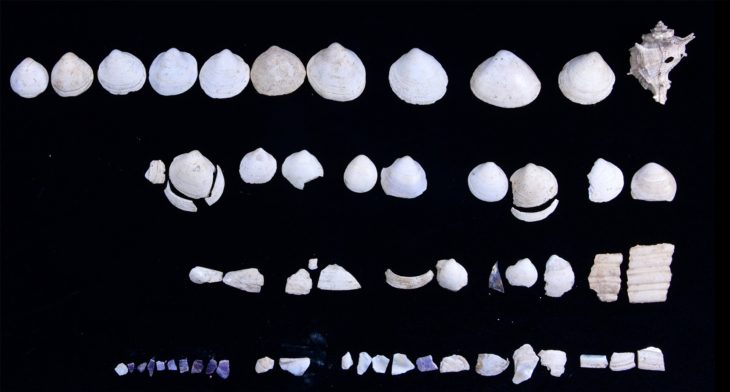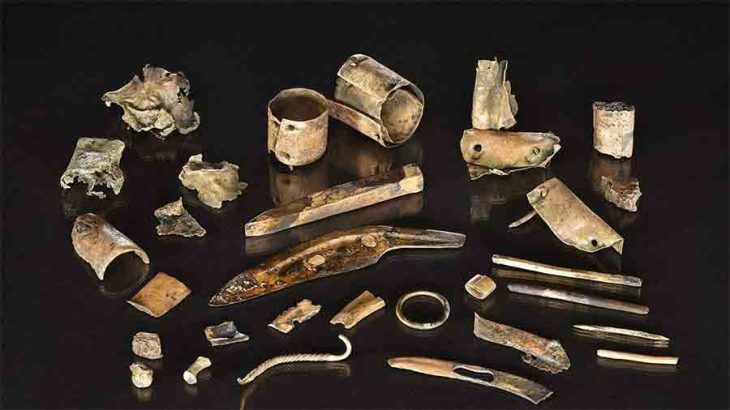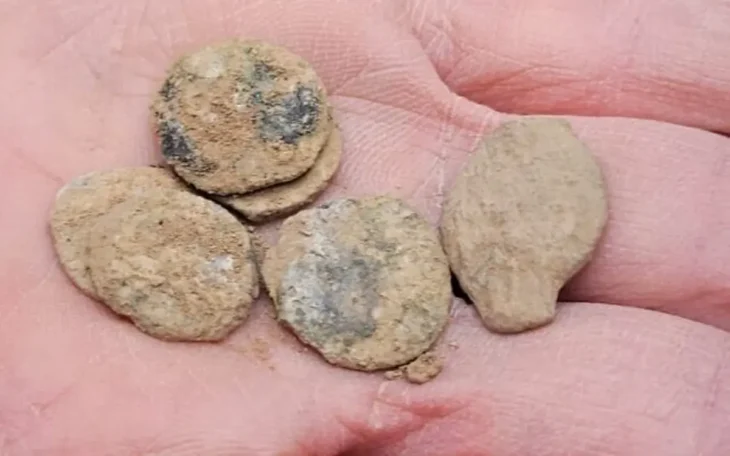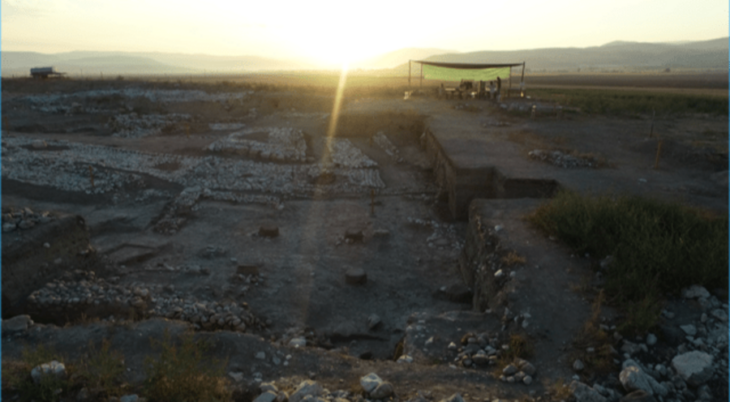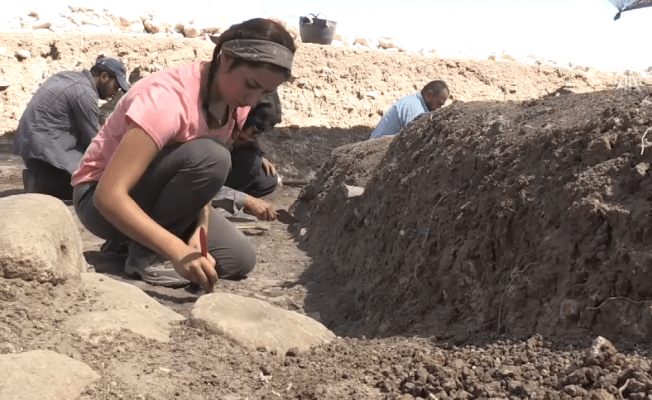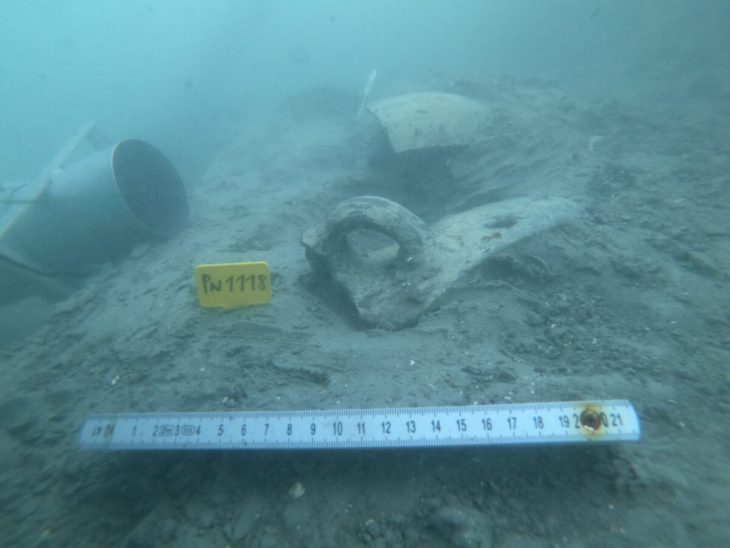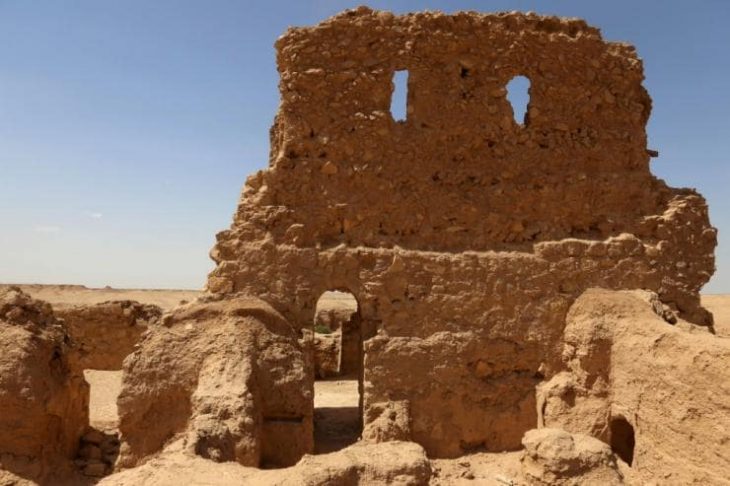A leisurely hike on the slopes of Zvičina Hill in the Czech Republic turned into an extraordinary discovery for two lucky individuals who unearthed a hidden treasure trove valued at over 7.5 million Czech crowns (€300,000).
The remarkable find, which occurred in early February but was only recently announced, includes 598 gold coins, exquisite jewelry, and various artifacts, and weighs a staggering seven kilograms, with nearly 3.7 kilograms comprised solely of gold coins.
The astonishing discovery unfolded as the hikers explored the scenic terrain near the Polish border. Their initial find was a tin aluminum container holding nearly 600 gold coins, neatly arranged in eleven stacks wrapped in black fabric. A short distance away, an iron box yielded an array of exquisite items crafted from yellow metal: ten bracelets, a wire purse, a comb, a chain, and a powder compact. The gold coins alone account for approximately 3.7 kilograms of the total weight.
Experts at the Museum of Eastern Bohemia are still piecing together the puzzle of how this valuable collection came to be buried in this location. Numismatist Vojtěch Brádle expressed his astonishment, stating that his “jaw dropped” upon seeing the find. He noted that the coins originated from Serbia sometime in the 1920s and 1930s, based on their markings, leaving the journey to eastern Bohemia a captivating mystery.
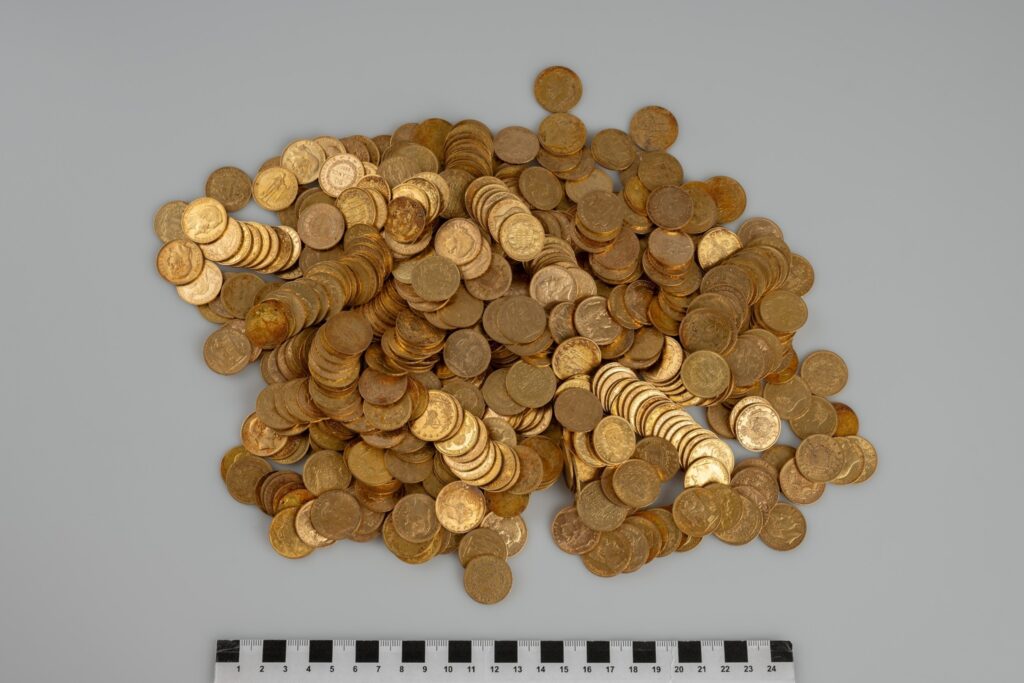
Several theories have emerged regarding the treasure’s burial. One possibility is that it was hidden by Czech citizens fleeing Nazi occupation after 1938. Another suggests it could have been stashed by Germans anticipating expulsion after World War II in 1945. A third theory points to the 1953 communist monetary reforms as a potential catalyst for concealment.
“It is hard to say whether it was Czech, German, or Jewish gold,” commented museum director Petr Grulich, highlighting the historical ambiguity surrounding the hoard.
Intriguingly, numismatic analysis reveals the gold coins are not of Czech origin, but rather a diverse collection from France, Turkey, Belgium, Austro-Hungary, with a smattering from Romania, Italy, and Russia. Further examination of markings on the Austro-Hungarian coins indicates they were likely intended for the territory of former Yugoslavia, specifically Serbia or Bosnia and Herzegovina, before somehow making their way to the Czech Republic.
While the current market valuation is primarily based on the intrinsic value of the gold, the historical significance of the discovery is expected to be far greater. Under Czech law, the fortunate hikers who stumbled upon this treasure may be entitled to a reward of up to 10% of its value.
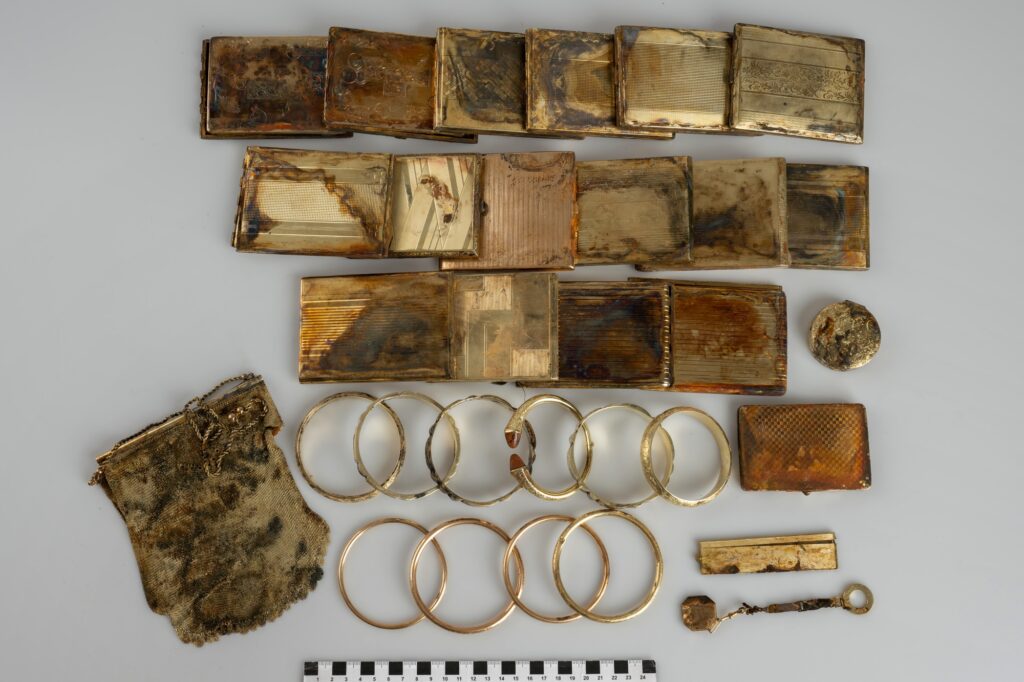
The Museum of Eastern Bohemia in Hradec Králové is now undertaking the crucial task of conserving these remarkable artifacts. They harbor hopes of eventually displaying the entire collection to the public, offering a tangible link to a fascinating and still largely untold story from the region’s past.
The ongoing archaeological investigation, coupled with archival research, promises to shed further light on the identity of the person who buried this treasure and the circumstances that led to its concealment and subsequent rediscovery centuries later.
Muzeum východních Čech Hradec Králové (The Museum of Eastern Bohemia )
Cover Image Credit: The Museum of Eastern Bohemia

